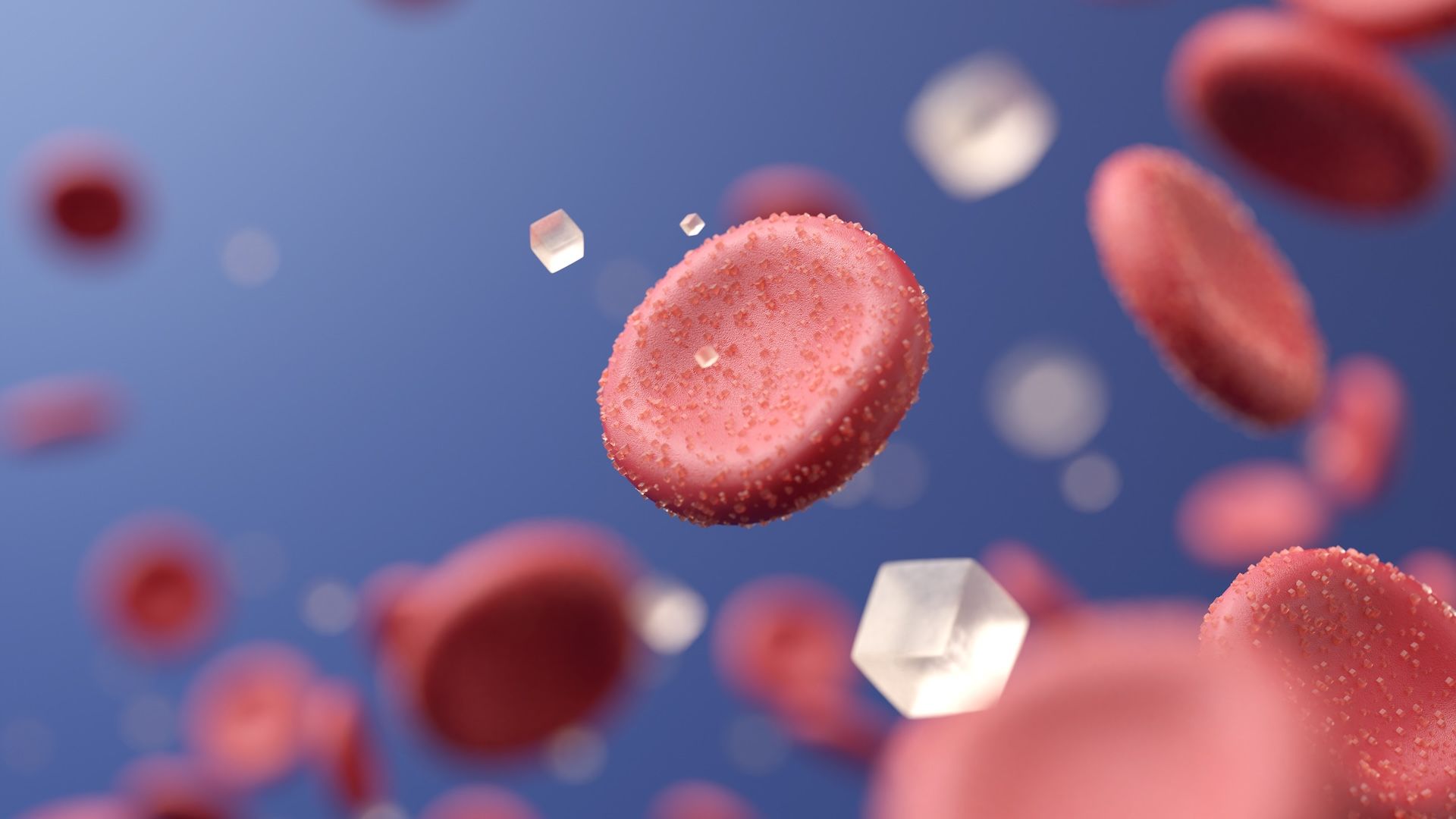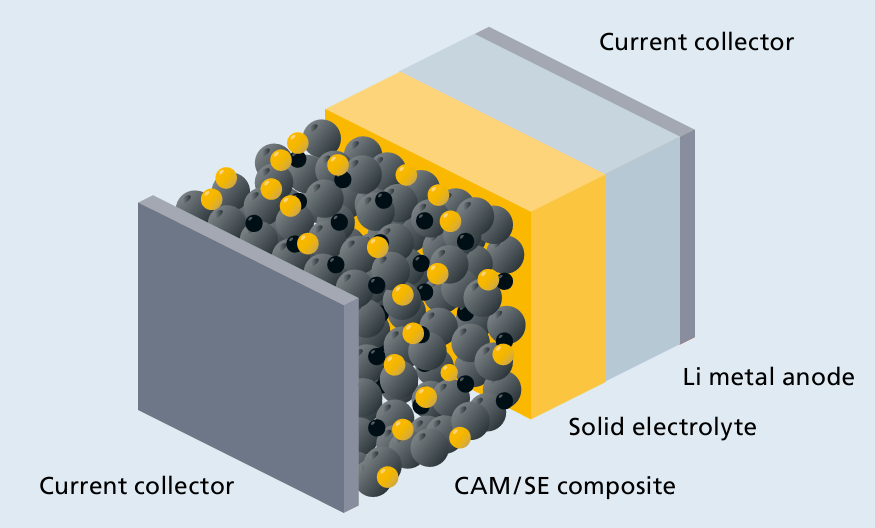New drug could prevent diabetes complications not fixed with blood sugar control, study hints – Live Science

Report on a Novel Pharmaceutical Compound for Diabetes Complications and its Alignment with Sustainable Development Goals
Introduction
A recent study published in Cell Chemical Biology details the development of an experimental drug compound with the potential to prevent and treat significant complications associated with diabetes. This report analyzes the study’s findings and evaluates their profound implications for achieving the United Nations Sustainable Development Goals (SDGs), particularly SDG 3 (Good Health and Well-being) and SDG 9 (Industry, Innovation, and Infrastructure).
Key Findings of the Preclinical Study
The research focuses on a therapeutic approach that operates independently of blood sugar control, addressing a critical gap in current diabetes management strategies. While glycemic control reduces the risk of complications, it does not eliminate it.
Mechanism of Action
The experimental drug targets the interaction between two key proteins involved in the inflammatory response characteristic of diabetes complications:
- Receptor for Advanced Glycation End products (RAGE): A protein found on the surface of various cells, including immune and vascular cells. It is activated by the accumulation of Advanced Glycation End products (AGEs), which are proteins modified by sugars that build up more rapidly in diabetic patients.
- DIAPH1: An intracellular protein that interacts with RAGE. This interaction triggers a cascade of harmful cellular processes, including heightened inflammation.
The new compound is designed to specifically block the RAGE-DIAPH1 interaction, thereby preventing the downstream pathological outcomes without interfering with other cellular functions.
Experimental Results
The study yielded promising results in both human cell cultures and animal models:
- In cells from patients with type 1 diabetes, the drug successfully blocked the RAGE-DIAPH1 interaction and reduced inflammatory signals.
- In diabetic mice, topical application of the compound to wounds significantly reduced inflammation and accelerated the healing process.
- Oral administration of the drug was shown to reduce inflammation in mice with allergies, suggesting potential for systemic delivery.
Alignment with Sustainable Development Goals (SDGs)
This medical innovation directly contributes to the global agenda for sustainable development by addressing key targets within multiple SDGs.
SDG 3: Good Health and Well-being
The primary impact of this research aligns with SDG Target 3.4, which aims to reduce by one-third premature mortality from non-communicable diseases (NCDs) through prevention and treatment and promote mental health and well-being.
- Addressing NCDs: Diabetes is a major global NCD. By offering a treatment for its debilitating complications (e.g., poor wound healing, heart disease, kidney disease), this drug could significantly improve the quality of life and reduce mortality for millions of people.
- Broader Health Applications: The RAGE protein is implicated in other inflammatory conditions such as asthma and chronic obstructive pulmonary disease (COPD). This research opens avenues for treating a wider range of diseases, further advancing global health outcomes.
- Preventative Potential: If proven effective, the drug could be used proactively upon a diabetes diagnosis, mitigating the “spiral” of AGE accumulation and preventing complications before they become severe.
SDG 9: Industry, Innovation, and Infrastructure
The development of this compound exemplifies the principles of SDG Target 9.5, which calls for enhancing scientific research and upgrading the technological capabilities of industrial sectors.
- Scientific Innovation: The research represents a significant advancement in understanding the molecular drivers of diabetic complications and developing a targeted therapy. The process involved screening over 58,000 molecules to identify a viable candidate.
- Long-Term Research Investment: This breakthrough is the result of decades of dedicated research, highlighting the importance of sustained investment in scientific inquiry to solve complex health challenges.
- Collaborative Advancement: The project involved collaboration between researchers from multiple institutions, including the NYU Grossman School of Medicine and the State University of New York at Albany, underscoring the role of partnerships (SDG 17) in driving innovation.
Future Outlook
While the findings are significant, the drug remains in the preclinical stage. Further research, including extensive testing in animal models, is required before human trials can commence. If successful, this therapeutic approach could become a vital component of diabetes care, used in conjunction with blood sugar management to holistically improve patient health and advance global well-being in line with the Sustainable Development Goals.
Analysis of Sustainable Development Goals in the Article
1. Which SDGs are addressed or connected to the issues highlighted in the article?
The article primarily addresses issues related to the following Sustainable Development Goals (SDGs):
- SDG 3: Good Health and Well-being: The core focus of the article is on a new experimental drug to prevent and treat complications of diabetes, a major non-communicable disease (NCD). This directly relates to ensuring healthy lives and promoting well-being for all at all ages.
- SDG 9: Industry, Innovation, and Infrastructure: The article details a long-term scientific research effort that has led to the development of a new drug compound. This highlights the role of scientific research and innovation in addressing health challenges.
2. What specific targets under those SDGs can be identified based on the article’s content?
Based on the article’s discussion of diabetes treatment and medical research, the following specific targets can be identified:
- Target 3.4: By 2030, reduce by one third premature mortality from non-communicable diseases through prevention and treatment and promote mental health and well-being.
- Explanation: The article discusses how diabetes complications “reduce their lifespan” and make people unwell. The experimental drug is designed to “prevent and treat some complications of diabetes,” such as heart disease and kidney disease, which are major causes of premature mortality in diabetic patients. By developing a new treatment, the research contributes directly to this target.
- Target 9.5: Enhance scientific research, upgrade the technological capabilities of industrial sectors in all countries… encouraging innovation and substantially increasing the number of research and development workers… and public and private research and development spending.
- Explanation: The article describes a decades-long research project (“For decades, Schmidt and colleagues have sought to answer those questions…”) involving collaboration between researchers from different institutions (NYU Grossman School of Medicine, State University of New York at Albany). The development and testing of the new drug compound, from screening “58,000 molecules” to experiments in mice and human cells, is a clear example of enhancing scientific research and fostering innovation in the medical and pharmaceutical field.
3. Are there any indicators mentioned or implied in the article that can be used to measure progress towards the identified targets?
The article implies several indicators that can be used to measure progress, even if it does not provide specific quantitative data:
- For Target 3.4 (Indicator 3.4.1: Mortality rate attributed to cardiovascular disease, cancer, diabetes or chronic respiratory disease):
- Implied Indicator: Reduction in morbidity and mortality from diabetes complications. The article states that the drug could prevent complications like “poor wound healing,” “rampant inflammation,” “kidney disease and heart ischemia.” The success of such a drug would directly contribute to lowering the mortality and illness rates associated with diabetes, which is a key component of this indicator.
- For Target 9.5 (Indicator 9.5.1: Research and development expenditure as a proportion of GDP):
- Implied Indicator: Investment in and outcomes of medical research and development. While the article does not mention specific financial figures, it describes a significant and long-term research effort. The publication of findings in a scientific journal (“Cell Chemical Biology”) and the development of a promising “experimental drug compound” are tangible outcomes of this R&D investment, serving as a proxy for progress.
4. Summary Table of SDGs, Targets, and Indicators
| SDGs | Targets | Indicators (as identified in the article) |
|---|---|---|
| SDG 3: Good Health and Well-being | Target 3.4: Reduce premature mortality from non-communicable diseases (NCDs) through prevention and treatment. | Implied Indicator: Reduction in morbidity and mortality from diabetes complications (e.g., heart disease, kidney disease, poor wound healing) through the development of new treatments. |
| SDG 9: Industry, Innovation, and Infrastructure | Target 9.5: Enhance scientific research and encourage innovation. | Implied Indicator: Successful development of an experimental drug compound resulting from long-term, collaborative scientific research and publication of findings in scientific journals. |
Source: livescience.com
What is Your Reaction?
 Like
0
Like
0
 Dislike
0
Dislike
0
 Love
0
Love
0
 Funny
0
Funny
0
 Angry
0
Angry
0
 Sad
0
Sad
0
 Wow
0
Wow
0


















































.jpg.webp?itok=0ZsAnae9#)





/environment-climate-change-and-health-(ech)/water-sanitation-hygiene-and-health-(wsh)/landfill-tuvalu-36092.tmb-1200v.jpg?sfvrsn=5c21fe40_1#)


















